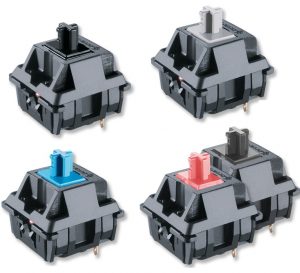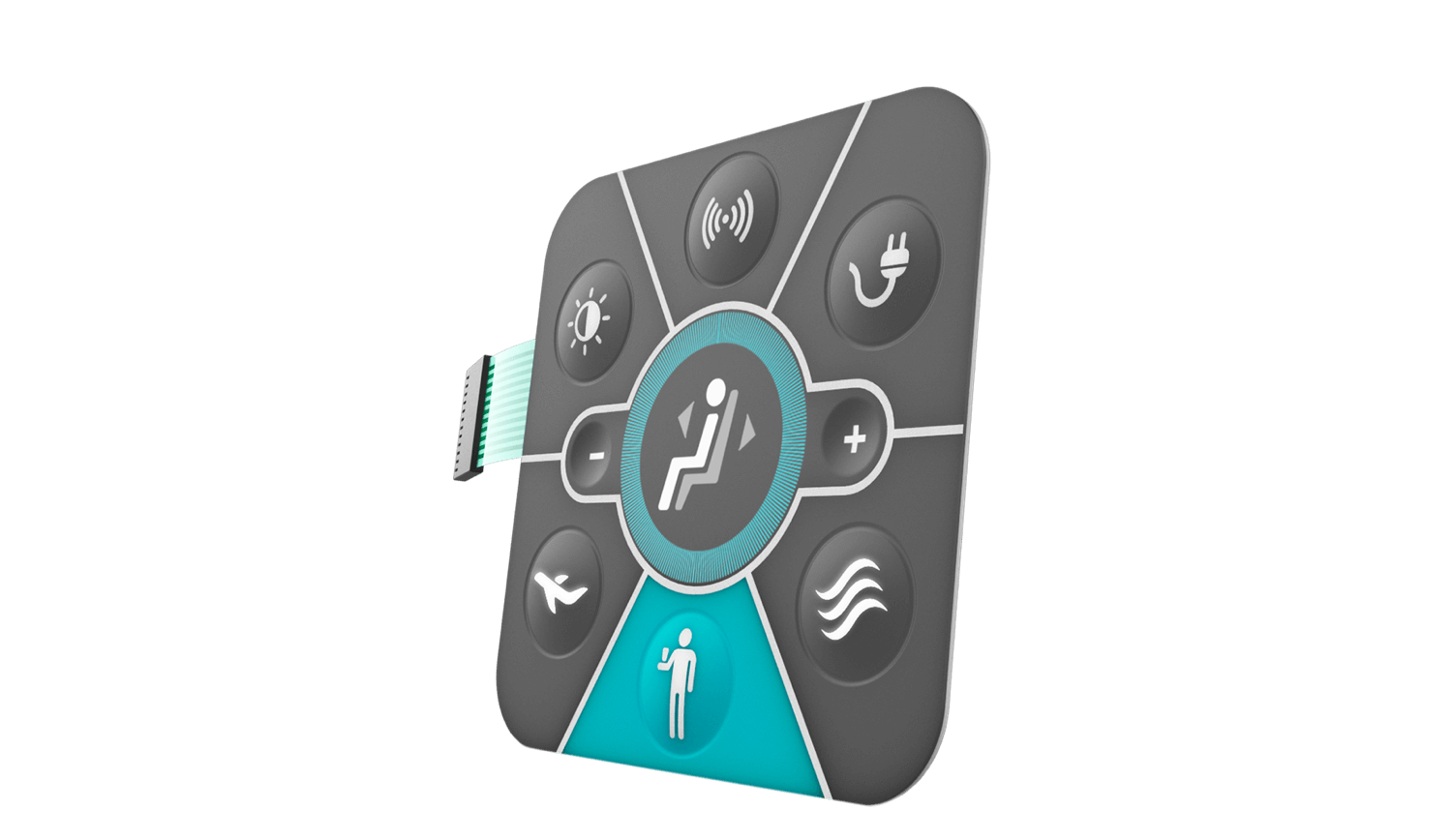Just How Membrane Layer Switches Over Contribute to the Toughness of Electronic Control Panels
Membrane buttons play a crucial function in boosting the durability of electronic control panels, largely through their multi-layered building which supplies effective defense against ecological aspects such as wetness and dirt. This design not only reduces the danger of circuit damage and deterioration yet additionally advertises simplicity of maintenance due to its smooth surface area. The absence of relocating parts dramatically lowers the possibility of mechanical failures, making membrane switches over ideal for requiring applications. The ramifications of these functions prolong beyond plain security, elevating inquiries regarding their wider effect on performance and user experience.
Interpretation of Membrane Layer Switches

Membrane layer buttons are created to be slim and lightweight, making them appropriate for applications where room is limited. They can be produced in various forms, sizes, and shades, using versatility in style that meets visual and functional needs. Furthermore, membrane switches can incorporate numerous innovations, such as tactile responses and LED indicators, enhancing customer experience.
Due to their construction, membrane switches are usually resistant to dust, wetness, and basic wear, adding to their sturdiness in requiring environments. Their smooth style not just promotes very easy cleaning however also reduces the risk of mechanical failure, making them a preferred selection for suppliers looking for reliable interface in their electronic control board.
Defense Versus Environmental Variables
The style of membrane switches over inherently provides a degree of defense against various environmental aspects, which is essential for preserving capability in challenging problems - Membrane Switch. These switches are normally created with layers of adaptable materials that protect inner parts from wetness, dust, and contaminants. By encapsulating the circuitry, membrane layer switches lessen the danger of short circuits and deterioration, which can considerably hinder performance
Moreover, making use of durable adhesives and sealants during manufacturing improves their resistance to ecological difficulties. Membrane buttons can sustain direct exposure to chemicals and solvents, making them ideal for industries such as food processing and medical care, where hygiene and sanitation are vital. Their smooth surface style additionally stops the build-up of dust and bacteria, assisting in less complicated cleaning and maintenance.
Temperature level changes are another ecological problem, and membrane layer switches are engineered to function efficiently across a broad array of temperatures (Membrane Switch). This flexibility makes certain that control board stay operational in various setups, from industrial environments to consumer electronic devices
Influence On Individual Interaction
Individual communication with digital control board is dramatically affected by the style and performance of membrane switches. These buttons give a tactile user interface that improves the overall individual experience, allowing for instinctive navigation and control. read review Their responsive nature guarantees that individuals obtain immediate feedback upon activation, which is essential for tasks requiring precision and effectiveness.
Furthermore, the smooth surface area of membrane layer changes helps with very easy cleansing and maintenance, advertising user confidence in the integrity of the user interface. This sanitation is specifically crucial in environments where health is critical, such as medical or food handling settings. Furthermore, the portable and light-weight design of membrane layer changes adds to the visual appeal of control board, motivating user interaction via a modern-day and sleek appearance.
Moreover, the combination of aesthetic aspects, such as printed symbols and backlighting, aids customers quickly identify features, decreasing the learning contour linked with new devices. Because of this, users can run devices better, leading to raised efficiency and contentment. In recap, membrane layer buttons play a pivotal function in enhancing user interaction by incorporating capability, visual appeals, and ease of use, ultimately causing enhanced operational effectiveness.
Design Adaptability and Customization
Design adaptability and modification are essential facets of membrane layer buttons, enabling suppliers to customize electronic control panels to particular applications and individual requirements. This versatility permits the assimilation of numerous style aspects, such as colors, graphics, and appearances, which can improve the visual allure and user involvement of the control panel.
Membrane layer switches can be personalized in size and shape, suiting a large range of gadgets and applications, from industrial equipment to read here consumer electronic devices. This convenience makes certain that suppliers can create user-friendly user interfaces that line up with customer expectations and operational needs. Additionally, the ability to incorporate unique functions such as backlighting or tactile feedback further boosts functionality, permitting a more interactive experience.
Furthermore, the manufacturing process for membrane layer changes supports the rapid prototyping of layouts, making it possible for producers to repeat and improve their principles quickly. This ability not only increases the advancement timeline but also ensures that the end product satisfies certain practical and aesthetic requirements.

Cost-Effectiveness and Long Life
Cost-effectiveness and longevity are substantial advantages of membrane layer switches, making them an appealing alternative for makers and end-users alike. These switches are normally cheaper to generate than conventional mechanical buttons, primarily due to their simplified production processes and the lowered variety of elements needed. This expense advantage extends not more helpful hints just to initial manufacturing but additionally to lasting functional expenditures, as membrane buttons commonly require less upkeep and have a lower failing price.
Furthermore, the longevity of membrane switches over contributes to their general value. Built from sturdy products, they are immune to ecological variables such as wetness, dust, and chemicals, which can result in premature wear in other button kinds. The lack of relocating parts decreases mechanical failure, enabling membrane switches over to maintain functionality over expanded durations.
This sturdiness is especially useful in applications needing regular performance under demanding problems, such as clinical tools and industrial devices. Inevitably, the combination of cost-effectiveness and longevity makes membrane layer switches an economically sensible option for makers, providing trusted options that stand up to the examination of time while maximizing financial factors to consider.
Final Thought
In final thought, membrane layer buttons dramatically improve the sturdiness of electronic control panels via their robust building and safety attributes - Membrane Switch. In general, membrane changes stand for a trusted and economical selection for enhancing the long life and performance of digital control systems.